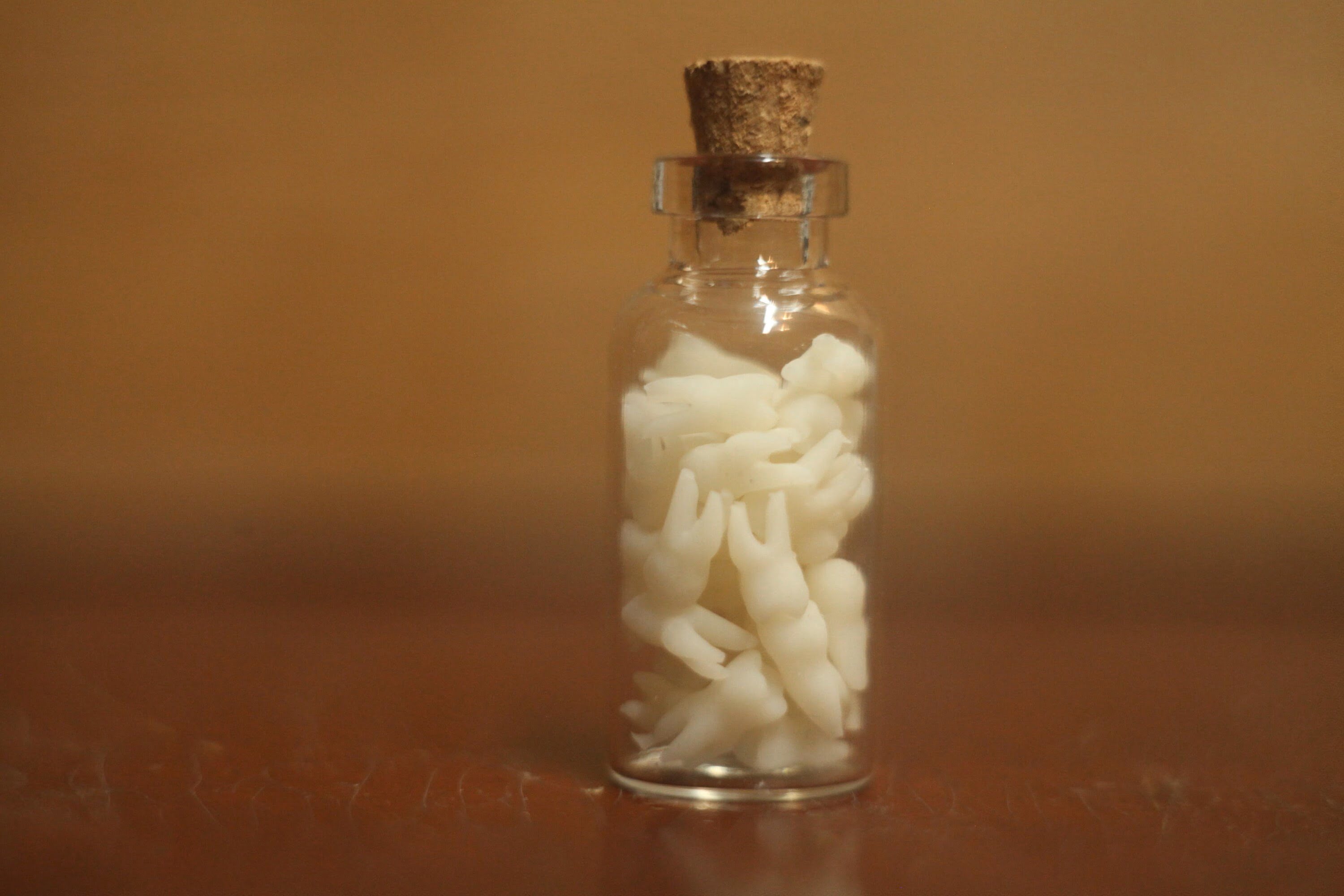

Articles
How To Store Baby Teeth
Modified: January 8, 2024
Looking for articles on how to store baby teeth? Discover tips and techniques for preserving these precious mementos in this helpful guide.
(Many of the links in this article redirect to a specific reviewed product. Your purchase of these products through affiliate links helps to generate commission for Storables.com, at no extra cost. Learn more)
Introduction
As parents, we cherish every milestone in our child’s life. From their first steps to their first day of school, we capture these moments to create lasting memories. Another precious milestone that often goes unnoticed is the shedding of baby teeth. While it may seem inconspicuous, storing baby teeth can hold sentimental value and even serve a practical purpose.
In this article, we will explore the reasons why storing baby teeth is important, provide tips on how to properly store them, and discuss the various storage methods available. Whether you’re a sentimental parent, curious about dental health, or considering tooth banking services, this article will guide you through the process.
Key Takeaways:
- Preserve precious memories and contribute to potential medical advancements by storing baby teeth. Follow proper cleaning, drying, and airtight storage to ensure longevity and sentimental value.
- Avoid detrimental storage methods and explore various storage options for baby teeth. From traditional keepsake boxes to tooth banking services, choose a method that aligns with your sentimental and practical needs.
Why Store Baby Teeth?
You may wonder why anyone would want to store baby teeth. After all, they are just small, discarded fragments of bone. However, there are several reasons why parents and individuals choose to keep and store these tiny mementos:
- Sentimental Value: Baby teeth serve as a tangible reminder of your child’s growth and development. They can hold nostalgic significance, representing the innocence and fleeting nature of childhood.
- Family Keepsake: Storing baby teeth can become a cherished family tradition. Passing down these tiny teeth from generation to generation can strengthen family bonds and create a sense of continuity.
- Lost in Translation: Baby teeth are often lost and forgotten as children grow up. By storing them, you can preserve a part of your child’s history that may be lost over time.
- Dental Health Insight: Baby teeth can provide valuable insights into your child’s dental health. Professionals can analyze them for genetic factors, possible future tooth problems, or signs of early childhood diseases.
- Medical Research: Baby teeth contain stem cells that have the potential to treat certain diseases and conditions. By storing these teeth, you can contribute to future advancements in medical research and potentially save lives.
While these reasons may vary from person to person, the common thread is the emotional and practical value that baby teeth can hold. Now that we understand why storing baby teeth is important, let’s explore some essential tips for properly preserving them.
Tips for Properly Storing Baby Teeth
Proper storage is crucial to ensure that baby teeth are preserved in the best possible condition. Follow these tips to ensure their longevity:
- Clean the Teeth: Before storing baby teeth, make sure they are thoroughly cleaned. Gently brush them with a soft-bristle toothbrush and rinse with water to remove any debris or residual plaque.
- Allow Them to Dry: After cleaning, let the teeth air dry completely. Moisture can contribute to bacterial growth or mold, so it’s important to ensure they are completely dry before storage.
- Use Airtight Containers: Seal the cleaned and dried baby teeth in airtight containers to prevent exposure to moisture, air, and potential contaminants. Options include small plastic containers, glass vials, or specialty tooth storage kits available online.
- Label and Date: It is wise to label each tooth with the child’s name, the date it was shed, and any additional relevant information. This will help you keep track of each tooth and its significance over time.
- Store in a Cool, Dry Place: Choose a location that is cool, dry, and away from direct sunlight. Avoid storing baby teeth in areas prone to moisture, such as basements or bathrooms, as this can accelerate decay.
- Consider Individual Storage: If you have multiple children, it is recommended to store each child’s teeth separately. This ensures that each child’s teeth remain distinct and easily identifiable.
- Create a Keepsake: If you want to make the storing of baby teeth even more special, consider creating a personalized keepsake. This can include a tooth-shaped jewelry box, a customized shadow box, or a tooth fairy pillow with individual compartments.
Following these tips will help you preserve and protect your child’s baby teeth so that they can be cherished for years to come. Now that we know how to store baby teeth properly, let’s explore the different storage methods available.
Choosing the Right Storage Method
When it comes to storing baby teeth, there are various storage methods to choose from. The ideal method will depend on personal preferences, budget, and long-term goals. Here are some common storage options:
- Traditional Keepsake Box: A traditional keepsake box offers a simple and sentimental way to store baby teeth. These boxes are typically made of wood, ceramic, or fabric and often have individual compartments to organize each tooth. They can be personalized with the child’s name or other meaningful details.
- Tooth Storage Kits: Tooth storage kits provide a convenient and organized solution for preserving baby teeth. These kits typically include labeled vials or containers, along with instructions and space to record relevant information about each tooth. Some kits may even include tooth preservation liquids or preservatives.
- Tooth Fairy Pillow: For a whimsical touch, consider a tooth fairy pillow with individual pockets to store baby teeth. These pillows often come with a small compartment where you can place the tooth for the tooth fairy’s visit, and the other pockets can be used for storing the teeth once they have fallen out.
- Tooth Jewelry or Accessories: For those who enjoy unique and stylish options, tooth jewelry or accessories can be a creative way to store and display baby teeth. From tooth-shaped pendants to keychains or even framed art pieces, these options can add a touch of individuality to the storage process.
- Tooth Banking: Another option gaining popularity is tooth banking, which involves professional preservation and storage of baby teeth in a secure facility. Companies offering tooth banking services extract and store stem cells from the dental pulp of the baby teeth, providing potential future medical benefits.
When choosing a storage method, consider your goals, budget, and personal preferences. Whether you opt for a traditional keepsake box or explore more unique options, the key is to choose a method that aligns with your sentimental and practical needs.
While there are several effective storage methods available, it’s important to be cautious of certain storage practices that should be avoided. Let’s explore them in the next section.
To store baby teeth, place them in a small container or zip-top bag and store in a cool, dry place. Consider labeling the container with the date and any special memories associated with the tooth.
Storage Methods to Avoid
While there are many suitable options for storing baby teeth, there are also some storage methods that should be avoided to ensure the preservation and safety of the teeth. Here are a few storage methods to steer clear of:
- Freezer: Storing baby teeth in the freezer may seem like a viable option, but it can actually cause damage. Frequent temperature fluctuations and moisture from thawing can lead to deterioration and decay of the teeth.
- Plastic Bags: Storing baby teeth in plastic bags or ziplock bags is not recommended. These bags are not airtight, making them susceptible to moisture and air exposure, which can lead to microbial growth and decay.
- Envelopes or Tissue Paper: Envelopes or tissue paper may seem like a quick and easy storage solution, but they do not provide adequate protection against moisture or air. Additionally, they can easily tear or get misplaced over time.
- Cotton Balls or Cotton Pads: While cotton balls or pads may seem like a soft and cushioned option for storing baby teeth, they can actually retain moisture, promoting microbial growth and decay. It is best to choose a dry and airtight storage method instead.
- Jars with Metal Lids: Using jars with metal lids for storing baby teeth is not recommended. Over time, metal lids may corrode or rust, potentially contaminating the teeth and compromising their quality.
By avoiding these storage methods, you can ensure the longevity and preservation of your child’s baby teeth. Now that we know which storage methods to avoid, let’s dive into a step-by-step guide on how to properly store baby teeth.
Read more: How To Store Baby Items For Next Baby
Step-by-Step Guide to Storing Baby Teeth
Properly storing baby teeth requires attention to detail and a systematic approach. Follow this step-by-step guide to ensure that your child’s baby teeth are stored effectively:
- Clean the Teeth: Begin by gently brushing the baby teeth with a soft-bristle toothbrush to remove any debris or residual plaque. Rinse them thoroughly with water.
- Air Dry: After cleaning, place the baby teeth on a clean towel or paper towel and allow them to air dry completely. Make sure there is no residual moisture.
- Select Storage Method: Choose a suitable storage method based on personal preferences and long-term goals. Consider options such as a traditional keepsake box, tooth storage kit, tooth fairy pillow, or tooth jewelry/accessory.
- Label and Date: Before placing each tooth in the chosen storage container, label it with the child’s name, the date it was shed, and any additional information you deem important for sentimental or dental purposes.
- Ensure Airtight Storage: Ensure that the storage container you choose is airtight and capable of preventing moisture, air, and potential contaminants from reaching the baby teeth. This will help preserve their quality.
- Store in a Cool, Dry Place: Find a suitable location to store the container of baby teeth. It should be cool, dry, and away from direct sunlight. Basements, bathrooms, and areas prone to moisture should be avoided.
- Inspect Regularly: Periodically check on the stored baby teeth to ensure that the storage condition remains optimal. Look for any signs of damage, decay, or mold, and take necessary steps if any issues arise.
- Consider Dental Professional Consultation: If you have questions or concerns about storing baby teeth, consider consulting a dental professional. They can provide guidance and advice specific to your situation.
By following these steps, you can effectively store and preserve your child’s baby teeth for years to come. Whether you choose a sentimental keepsake or explore more unique storage options, the key is to protect the teeth from moisture, air, and potential contaminants.
Now that we have covered the step-by-step guide, let’s address some frequently asked questions about storing baby teeth.
Frequently Asked Questions (FAQs)
Q: How long can baby teeth be stored?
A: Baby teeth can be stored indefinitely if proper preservation techniques are followed. The key is to keep them in a cool, dry place, away from moisture and extreme temperatures.
Q: Can baby teeth be used for stem cell banking?
A: Yes, baby teeth contain valuable stem cells that can be collected and stored for potential future medical use. Several specialized tooth banking services offer this option.
Q: Is there a specific age when baby teeth should be stored?
A: Baby teeth can be stored at any age, as long as they are properly cleaned and preserved. It is recommended to start storing them as soon as they naturally shed.
Q: Can baby teeth be used for dental identification in later stages of life?
A: Baby teeth can sometimes be used for dental identification purposes. However, the primary use of storing baby teeth is for sentimental value and potential stem cell banking, rather than identification.
Q: Are there any alternatives to storing baby teeth?
A: If storing baby teeth is not of interest, you can consider other alternatives to capture the milestone, such as taking photographs of the teeth or creating a customized tooth fairy journal.
Q: Can baby teeth be donated for research purposes?
A: Yes, if you are interested in contributing to dental research, you can explore options for donating baby teeth to research institutions or dental schools that may have ongoing studies.
Q: Are there any risks associated with storing baby teeth?
A: When stored properly, there are minimal risks associated with storing baby teeth. However, it is important to periodically inspect the teeth for any signs of decay or damage and take necessary steps to ensure their preservation.
These are some of the commonly asked questions regarding the storage of baby teeth. If you have more specific inquiries, it is recommended to consult with a dental professional or tooth banking service for personalized advice.
Now let’s wrap up everything we’ve covered in this article.
Conclusion
Storing baby teeth holds both sentimental value and potential practical benefits. By preserving these tiny treasures, you can capture a piece of your child’s growth and create lasting memories for generations to come. Whether you choose to store baby teeth for sentimental reasons or explore the option of tooth stem cell banking, proper storage is essential.
Remember to clean and thoroughly dry the baby teeth before placing them in a suitable storage container. Choose an airtight method that protects the teeth from moisture, air, and potential contaminants. Consider labeling each tooth and storing them in a cool, dry place away from direct sunlight.
While there are numerous storage methods available, it is important to avoid storing baby teeth in the freezer, plastic bags, envelopes, or jars with metal lids. These storage methods can compromise the quality of the teeth and hinder their preservation.
By following the step-by-step guide provided in this article, you can effectively store and protect your child’s baby teeth. Whether you opt for a traditional keepsake box, a tooth storage kit, or even explore more unique options like tooth jewelry or tooth banking services, the choice is yours.
Keep in mind that storing baby teeth is a personal decision, and the value it holds varies for each individual. Whether it serves as a cherished family keepsake, a potential future medical resource, or simply a reminder of your child’s journey, the significance lies in the sentiment and memories it evokes.
So, embrace the magic of these tiny teeth, store them with care, and let them become a cherished part of your family’s story.
Remember, when it comes to storing baby teeth, it’s not just about the teeth themselves, but the memories and emotions they represent.
Frequently Asked Questions about How To Store Baby Teeth
Was this page helpful?
At Storables.com, we guarantee accurate and reliable information. Our content, validated by Expert Board Contributors, is crafted following stringent Editorial Policies. We're committed to providing you with well-researched, expert-backed insights for all your informational needs.
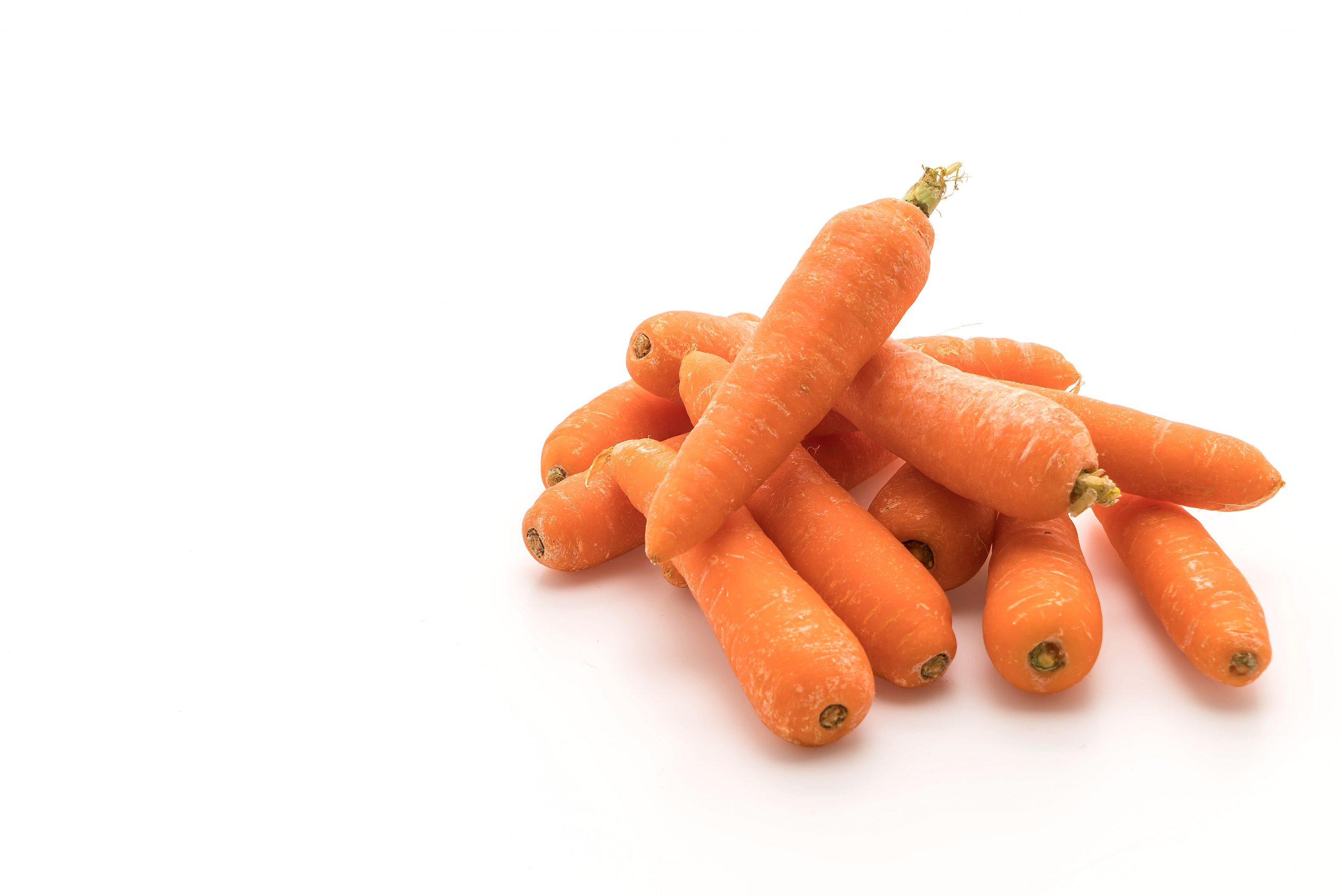
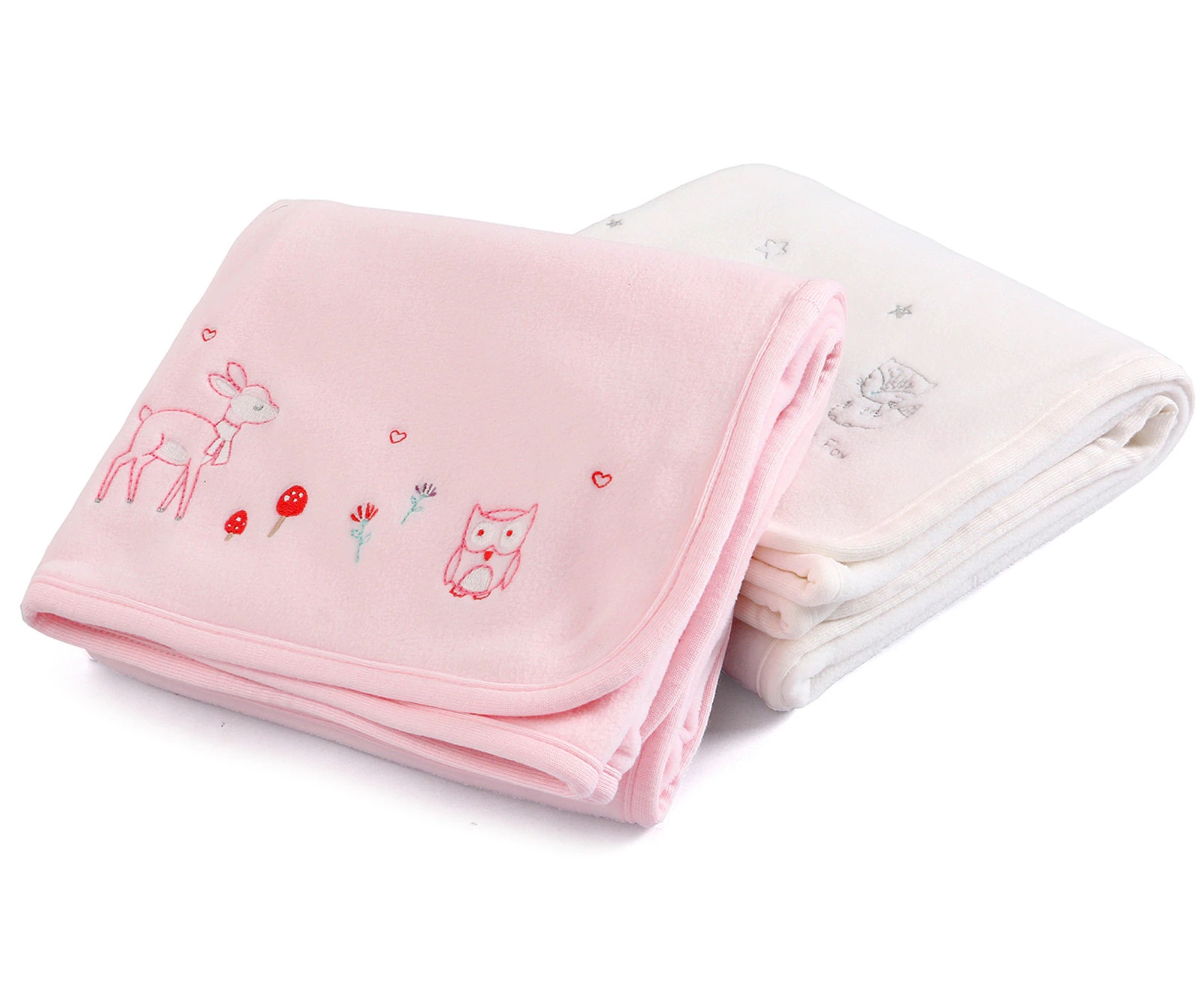
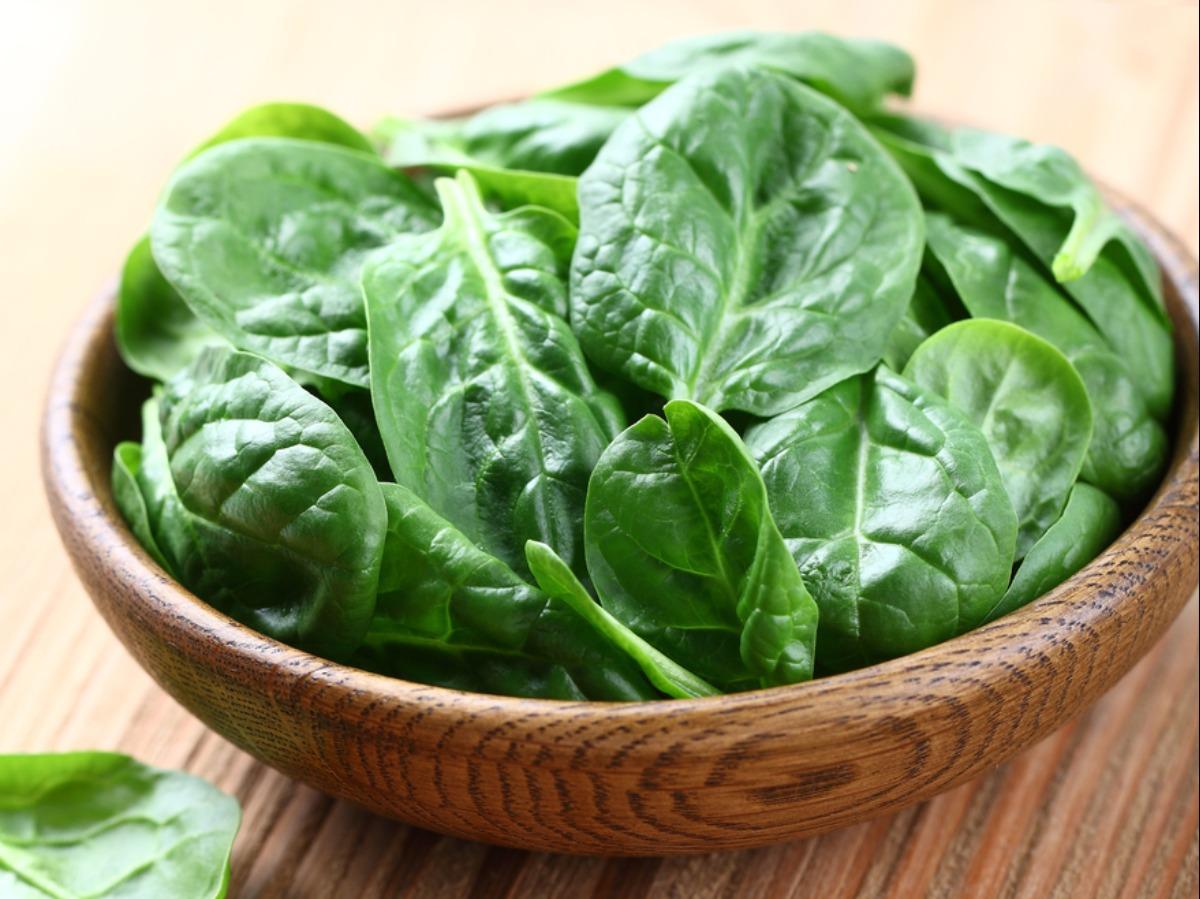
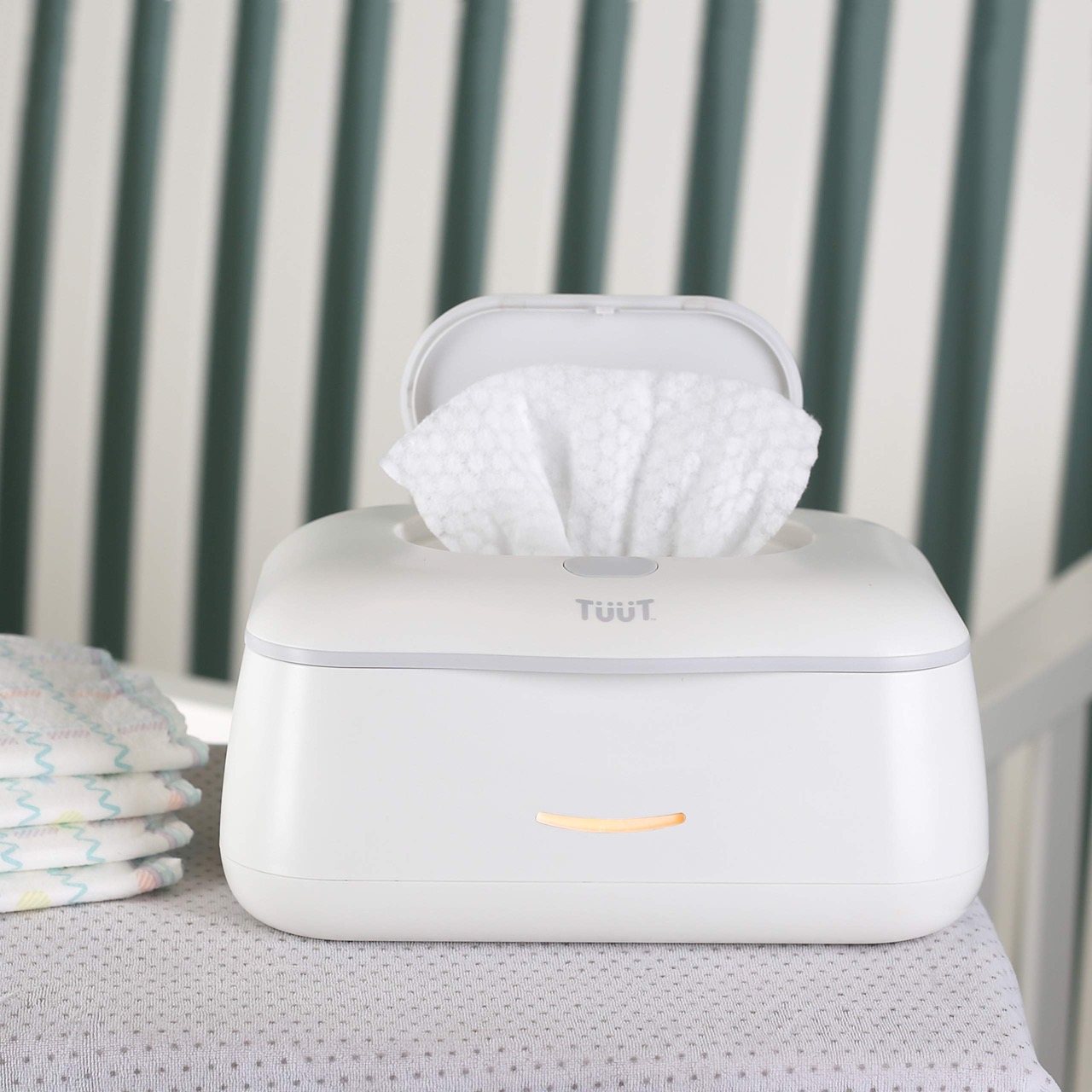
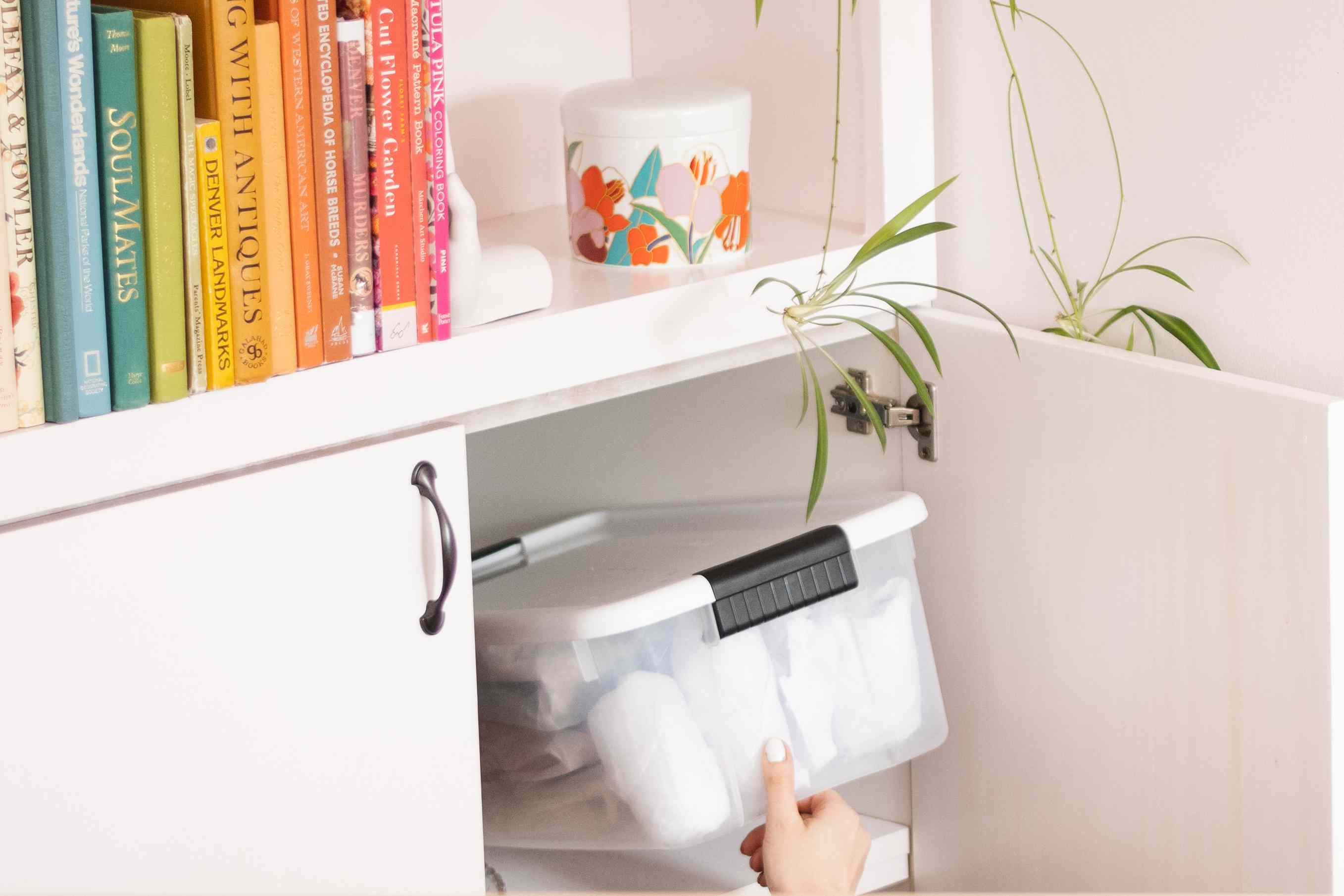

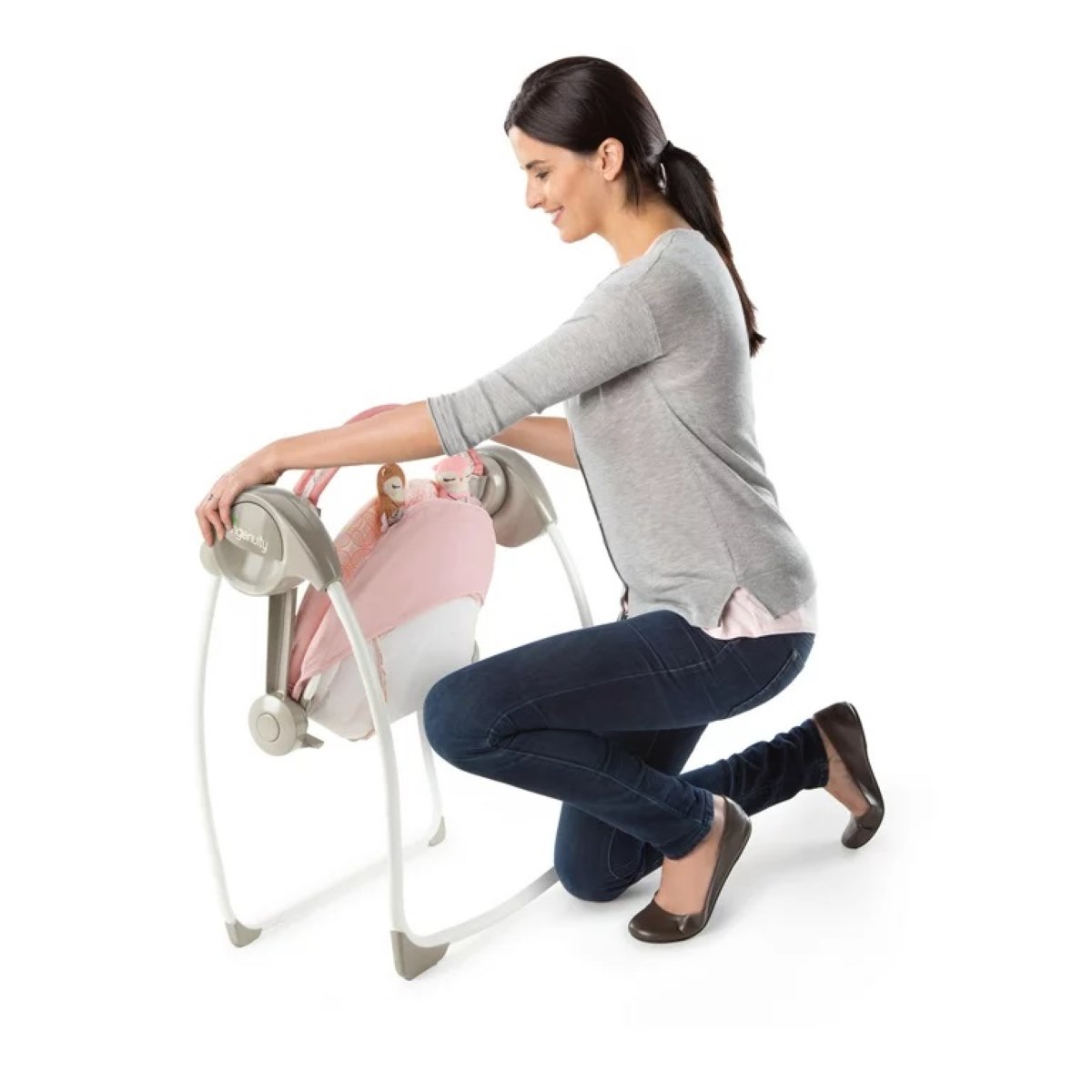
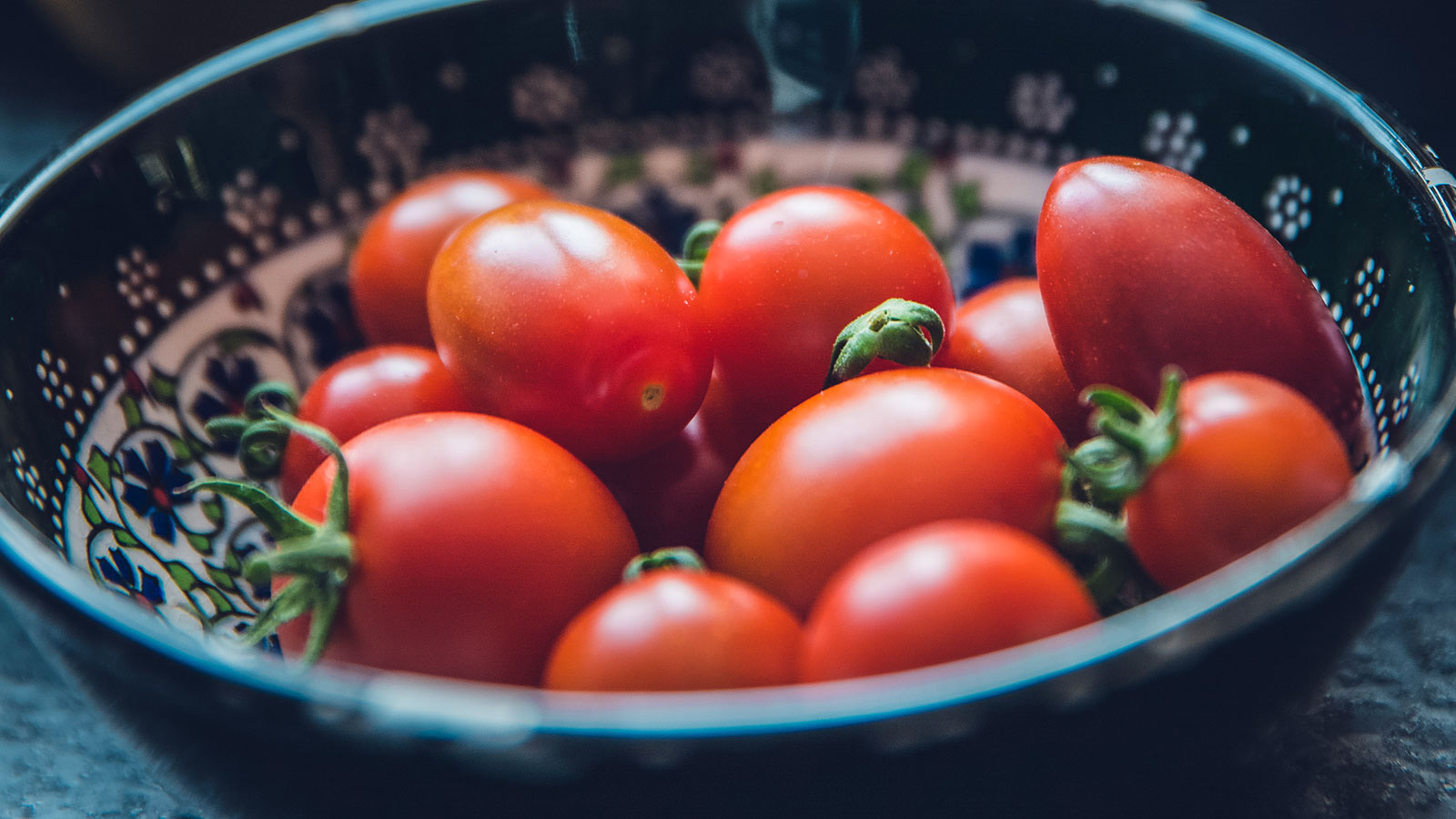
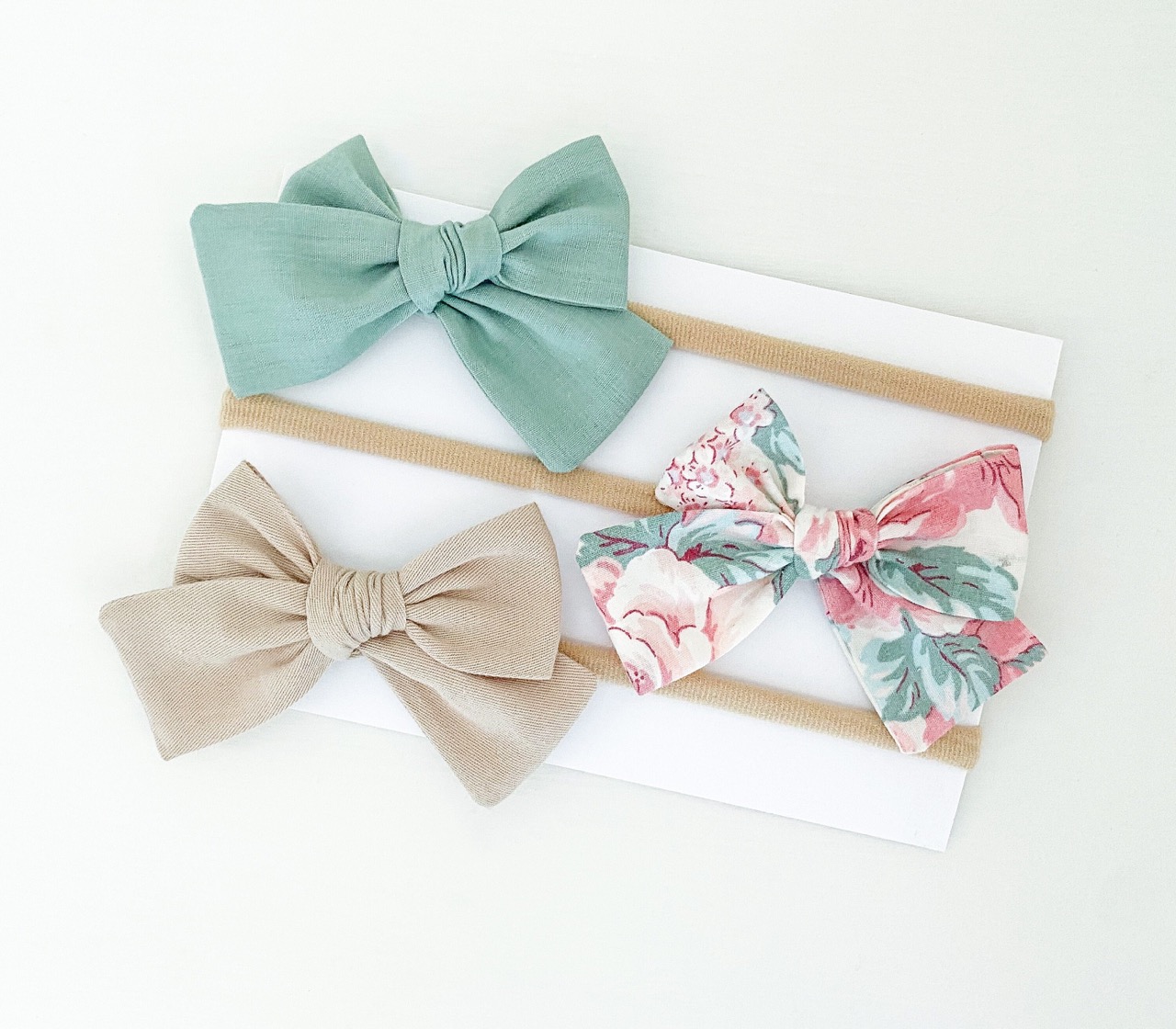
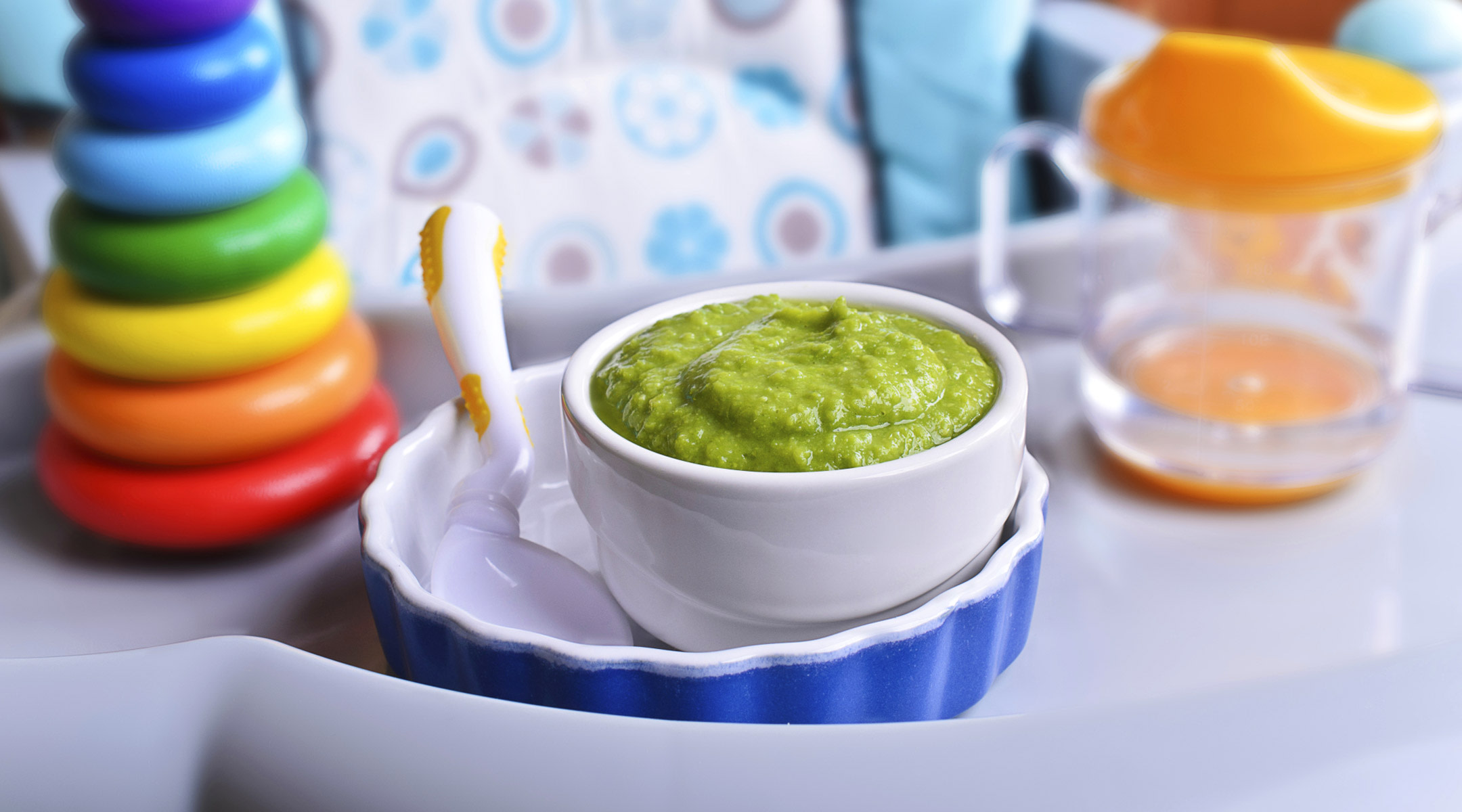
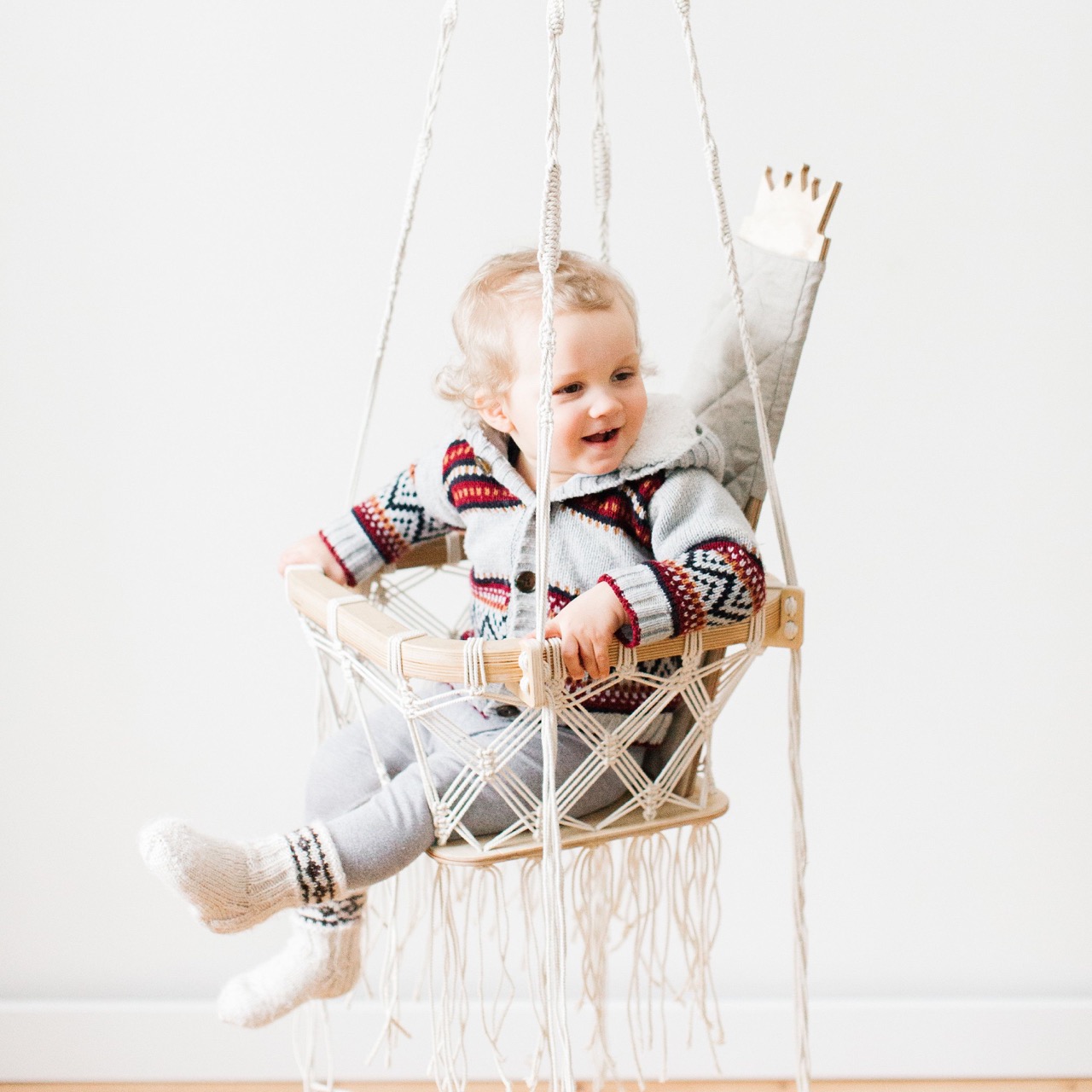
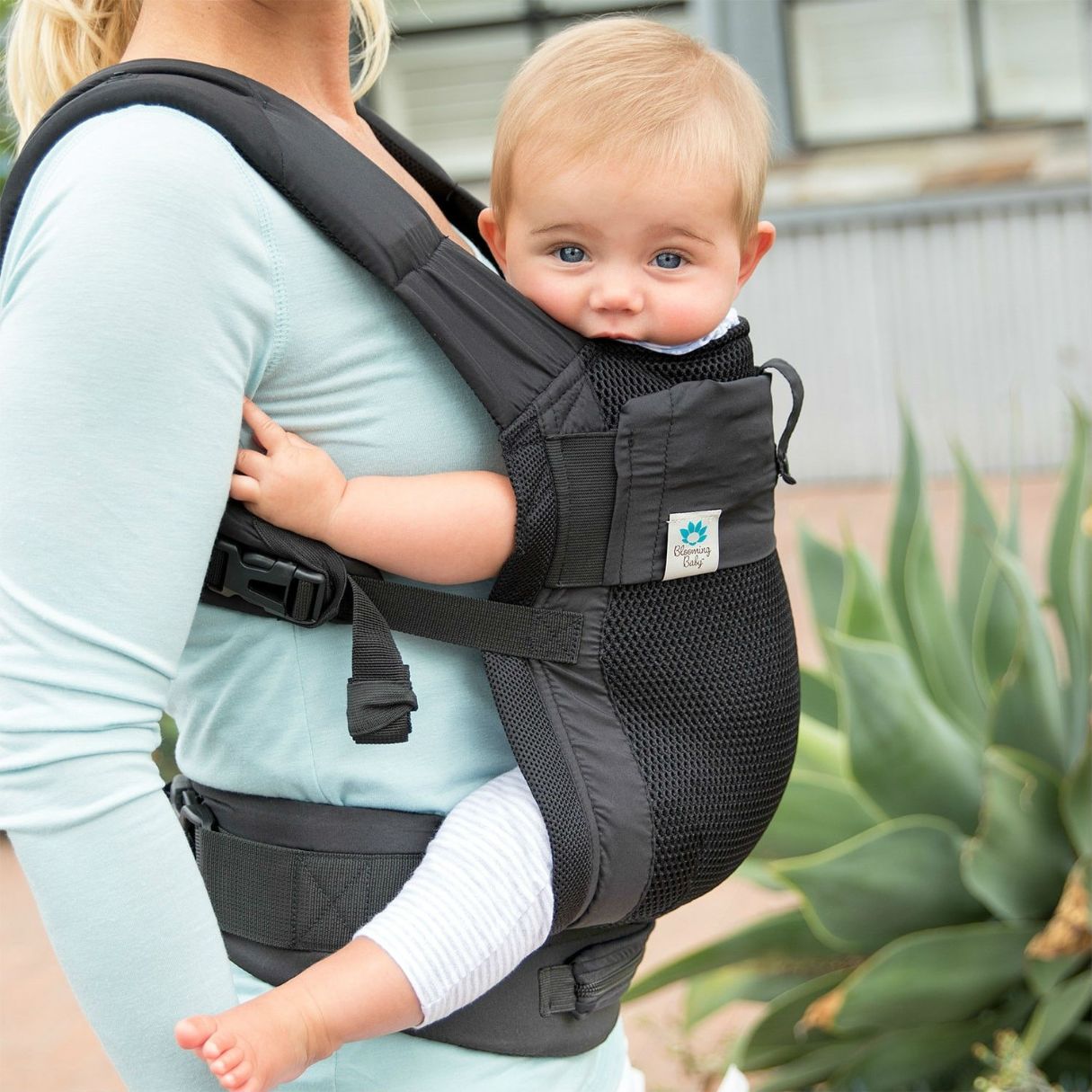
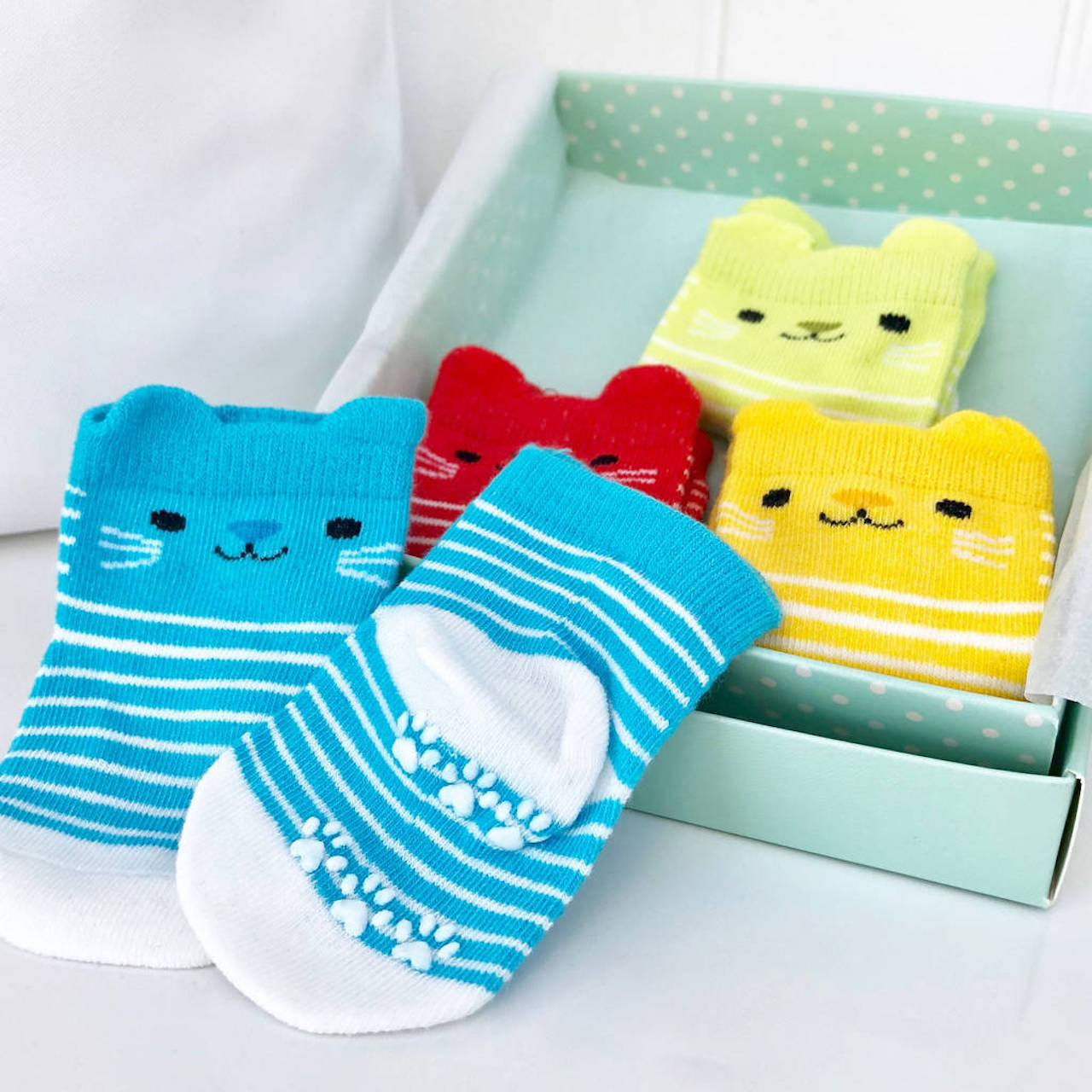
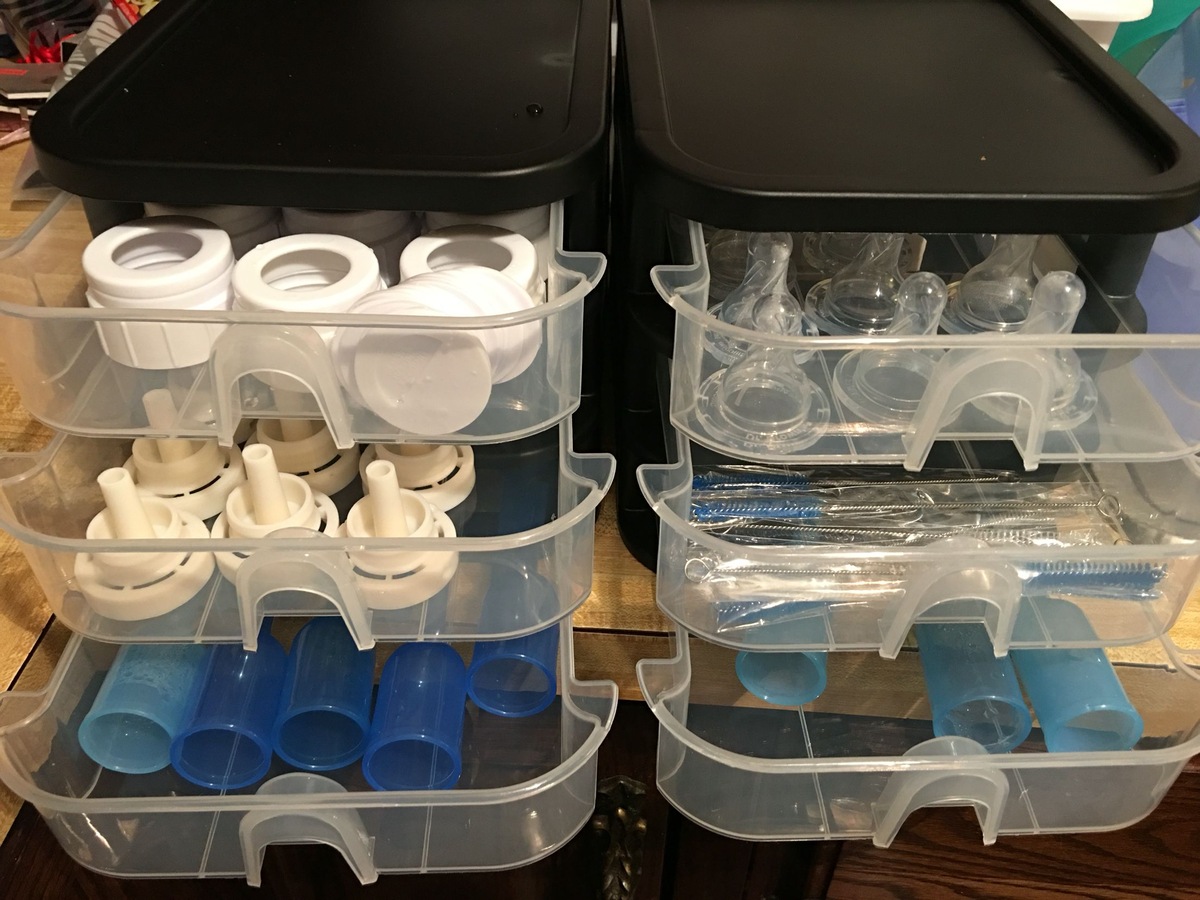

0 thoughts on “How To Store Baby Teeth”